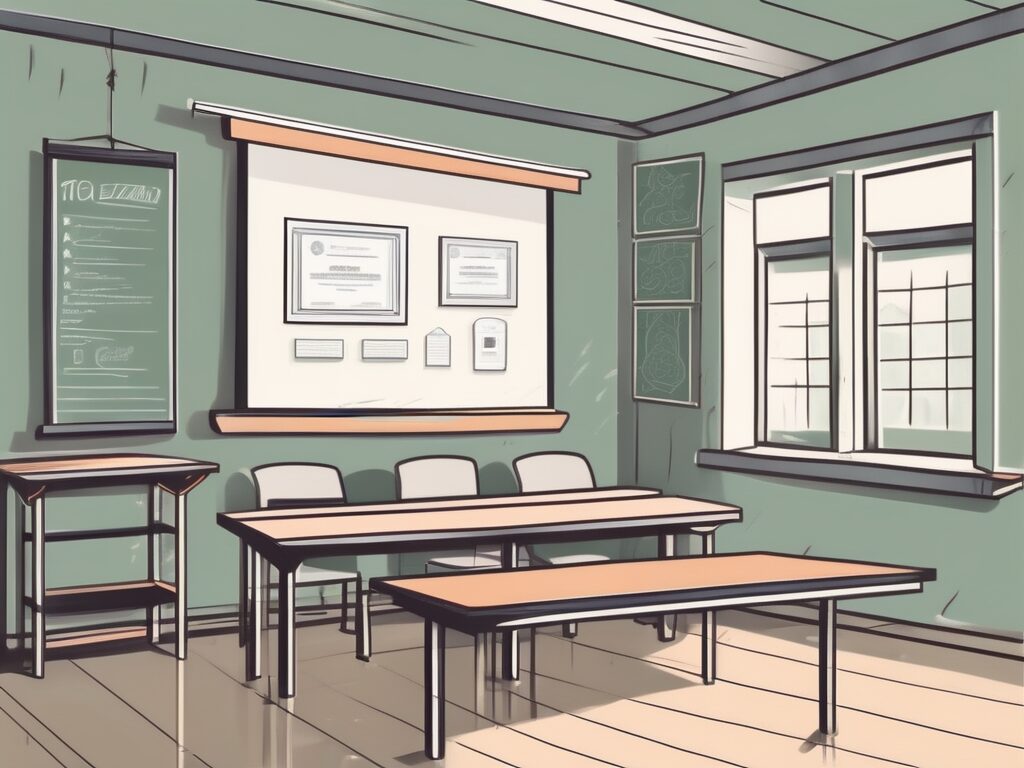html
Essential Insights for PGCE Teachers Living in China
As a PGCE teacher embarking on a journey to teach in China, you are stepping into a vibrant culture rich with history and educational opportunities. However, adapting to a new environment can be both exciting and challenging. This blog post aims to provide essential insights that will help you navigate your teaching experience in China, from understanding cultural nuances to effective teaching strategies and professional development opportunities.
Understanding Cultural Nuances
One of the most significant aspects of teaching in China is understanding the cultural context in which you will be working. Chinese culture places a strong emphasis on respect, hierarchy, and collectivism. Here are some key cultural insights:
- Respect for Authority: In Chinese classrooms, teachers are often viewed as authority figures. Establishing your role early on can help foster a positive learning environment.
- Collectivism: Group activities and collaborative learning are highly valued. Incorporating group work into your lessons can enhance student engagement.
- Communication Styles: Be mindful of indirect communication. Students may be hesitant to express disagreement or ask questions openly.
By understanding these cultural nuances, you can create a more inclusive and effective classroom environment.
Effective Teaching Strategies for Chinese Classrooms
Adapting your teaching strategies to fit the Chinese educational system is crucial for success. Here are some effective strategies:
- Incorporate Technology: Chinese students are tech-savvy. Utilize digital tools and platforms to enhance learning experiences.
- Focus on Language Skills: Many students may struggle with English language proficiency. Tailor your lessons to include vocabulary building and conversational practice.
- Use Visual Aids: Visual learning is effective in engaging students. Incorporate images, videos, and infographics into your lessons.
These strategies not only cater to the learning styles of Chinese students but also help you establish a rapport with them.
Professional Development Opportunities
Living and teaching in China offers numerous professional development opportunities. Here are some avenues to explore:
- Workshops and Conferences: Attend local and international education conferences to network and learn about the latest teaching methodologies.
- Online Courses: Platforms like Coursera and edX offer courses tailored to international educators, helping you enhance your skills.
- Join Professional Networks: Engage with organizations such as the International Schools Association to connect with fellow educators.
Investing in your professional development will not only benefit your teaching practice but also enrich your experience in China.
Building Relationships with Students and Colleagues
Establishing strong relationships is key to a successful teaching experience. Here are some tips:
- Be Approachable: Create an open-door policy where students feel comfortable approaching you with questions or concerns.
- Participate in School Activities: Engage in extracurricular activities to build rapport with students and colleagues.
- Learn Basic Mandarin: Even a few phrases can go a long way in building connections and showing respect for the local culture.
By fostering positive relationships, you will create a supportive learning environment that benefits everyone involved.
Challenges and How to Overcome Them
While teaching in China can be rewarding, it also comes with its challenges. Here are some common issues and strategies to overcome them:
- Language Barriers: If you encounter language barriers, consider using translation apps or visual aids to facilitate communication.
- Different Educational Expectations: Familiarize yourself with the Chinese education system to align your teaching methods with local expectations.
- Homesickness: Stay connected with family and friends back home through regular communication and social media.
By proactively addressing these challenges, you can enhance your overall experience as a PGCE teacher in China.
Conclusion
Teaching in China as a PGCE teacher is an incredible opportunity filled with unique experiences and challenges. By understanding cultural nuances, employing effective teaching strategies, and investing in professional development, you can make the most of your time in this dynamic country. Remember to build strong relationships with your students and colleagues, and be prepared to face challenges head-on. Embrace the journey, and you will undoubtedly grow both personally and professionally.
Ready to embark on your teaching adventure in China? Explore our resources and connect with fellow educators today!

